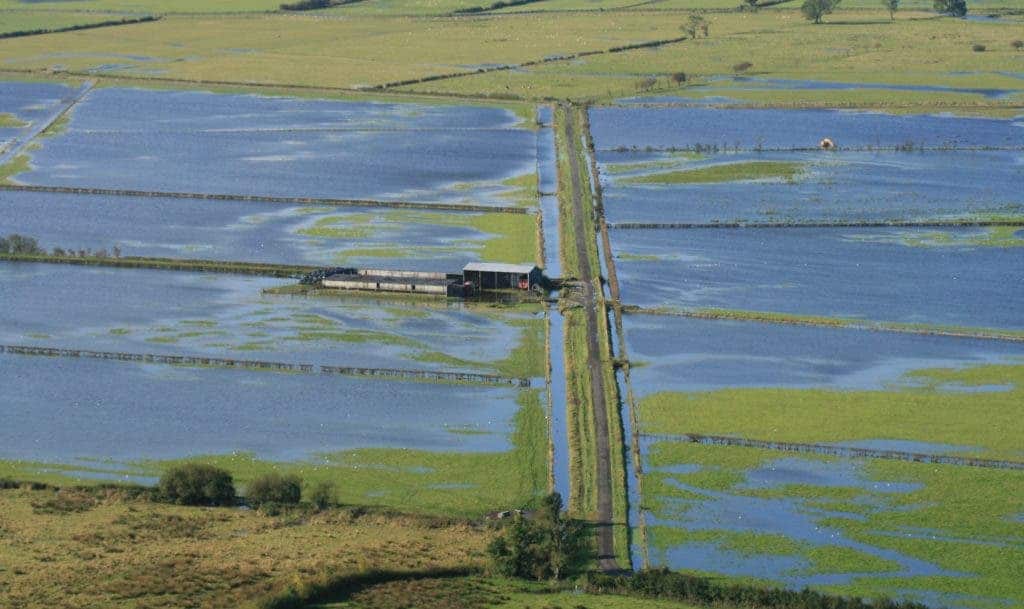Extreme weather events during the summer such as heatwaves, droughts and rainy periods could last longer in the Northern Hemisphere, according to a new paper which warns over the consequences of climate change.

Heat and rainfall extremes have intensified over the past few decades and this trend is projected to continue with future global warming. Rises in extreme heat and rainfall can have impacts on human health and agriculture, and on the environment, including an increased risk of wildfires. As the effects of global warming continue to unfold, this extreme weather will become more and more common, even if global warming is limited to 2ºC, as is currently stipulated in the Paris Agreement.
“Global warming is already increasing the frequency and intensity of heat and rainfall extremes, as well as the duration of heat waves, and these trends are projected to continue with future warming,” the authors of the new study write.
Extreme weather events are often measured in terms of intensity or frequency, but often it is the duration, or persistence, of events that lead to the most severe impacts, which are already visible across the globe.
Peter Pfleiderer and colleagues carried out a multi-model analysis of the persistence of local weather conditions in the Northern Hemisphere mid-latitudes. If temperatures rise by 2ºC relative to pre-industrial levels, hot weather periods of longer than two weeks could increase by around 4% relative to the recent past across the mid-latitudes, according to the research.
“Our analysis shows that summer weather becomes more persistent, with global warming increasing risks associated with long-lasting heat waves, droughts, rain periods and compound hot–dry extremes,” the authors said.
The authors said Eastern North America could see persistent hot and dry spells rise by up to 20%. At the same time, heavy rainfall lasting for one week or more, which can lead to flooding, could increase by 26% on average for the mid-latitudes under a 2°C scenario. When considering the projected warming of 1.5°C, the authors found these increases were largely avoided.
“In conjunction with the projected intensification of heat and rainfall extremes, an increase in persistence can substantially worsen the effects of future weather extremes,” the authors said.
Countries agreed under the Paris Agreement to keep the increase in global average temperature to well below 2°C above pre-industrial levels while aiming at 1.5º C if possible. In other words, if we can maintain the planet’s warming below 1.5º C, we could spare ourselves a lot of trouble — but this means global emissions will have to peak as soon as possible.
Nevertheless, with the current country commitments, the temperature would increase between 3º and 4ºC instead of the required 2ºC under the Paris Agreement, according to the most recent analysis.
The study “Summer weather becomes more persistent
in a 2 °C world” was published in Nature Climate Change.









